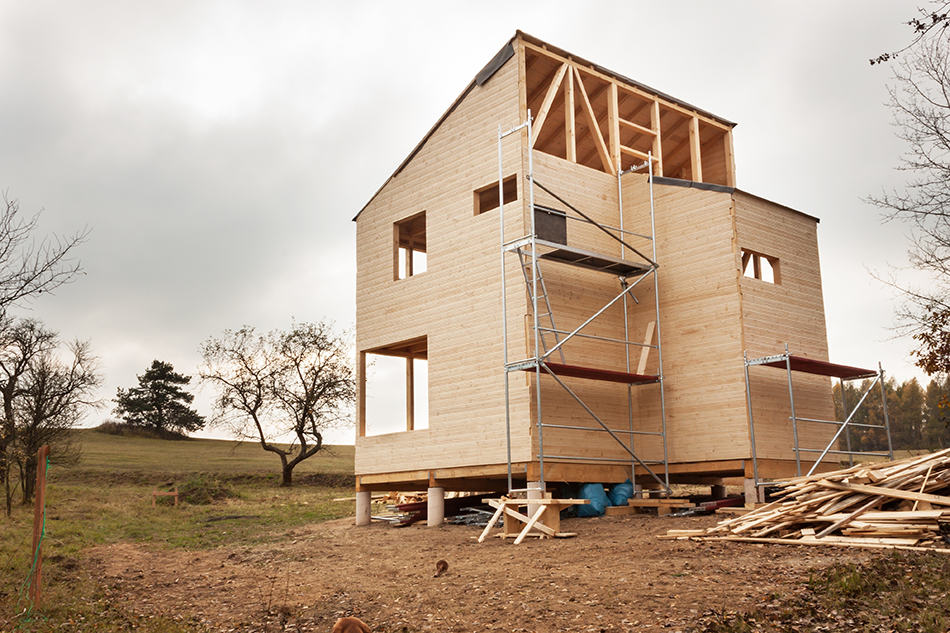Home Improvement
Youve heard about your home builder mention building envelopes before.
But you dont have any idea about it.
Unlike other parts of a house, the building envelope is practically unknown to many people.

What is a building envelope?
Is it a part of the house?
But more importantly, what are the functions that it plays?
How would a building envelope impact your family?
And what are the common mistakes that often lead to building envelope failure?
This article will answer those questions and more.
Its not composed of one structure, though.
Building envelope systems can be categorized into two types: dual and single stage.
The former consists of a primary barrier and a secondary waterproofing system.
An example would be a brick masonry veneer wall.
On the other hand, a single-stage building envelope system makes use of the exterior skin to prevent leakages.
Examples would be insulated metal panels and roof metal panels.
After all, the building envelope holds the building together.
Controlling the elements is another important function of a building envelope.
This is not only a major concern for homes but equally important for commercial properties like warehouses.
Two components- insulation and building paper- are integral to this by serving the moisture control units.
Moisture control means regulating the transfer of moisture inside the home.
This is a function that a building envelope adequately plays.
Therefore, it should be addressed early.
The building envelope plays a crucial role in rain control, too.
Roof types can be categorized into two: flat and pitched.
The latter key in of roof sheds water but cant resist standing water.
On the other hand, flat roofs are designed for that purpose.
Roofs may also be ventilated so that moisture due to leakage and condensation can be eliminated or prevented.
Yet, theres still the possibility that water would leak through it.
Therefore, we see different wall systems intended to prevent water penetration.
These include a barrier, drainage, and surface-sealed walls.
Barrier walls let water be absorbed instead of penetrating the wall.
Drainage walls, meanwhile, drain out water that may leak into the wall.
Finally, sealed-surface walls prevent water from penetrating the exterior surface of the siding material.
Last but not least, building envelopes also affect the propertys finish.
The exteriors of a building provide curb appeal and consequently impacts its finish.
The use of appealing materials and designing popular styles also contribute to a high-quality finish for a building.
For instance, the use of a metal roof is primarily for locking in the air.
Building envelopes are often described as either loose or tight.
Now, whats the difference between the two?
A loose building envelope lets more natural air transfer happen.
In turn, this enhances the indoor quality and eliminates the need for ventilation inside the building.
It can be intentional, meaning the builder designed the building envelope to be loose.
Yet, it is also common that a loose building envelope occurred because of poor construction.
A loose building envelope has its drawbacks in the same way that it has its advantages.
Higher qualities of cooled or heated air are also able to escape through a loose building envelope.
This, in turn, can increase your energy bills.
On the other hand, a tight building envelope is the complete opposite of a loose building envelope.
Moreover, a tightly sealed building envelope adds to the structural integrity of the house.
A tight building envelope makes it easier to control the quality of the air inside the home.
Theres also a low risk of mold or mildew growth due to moisture infiltration with a tightly-sealed building envelope.
The low risk of mold or mildew growth can also be a boon to you as the homeowner.
This can help in prolonging the life of the components of your house.
This makes air conditioning inside the homework harder.
Its expensive and uncomfortable on your part.
One of these inefficiencies is poor design.
Keep in mind that every building must have an envelope to address specific needs.
Building envelope failure may also be attributed to the use of improper materials.
Several different materials are used in building envelopes like metal, glass, and chemical adhesives.
These materials may fail if exposed to stresses, temperature, and moisture levels outside of their range.
Materials may also prove to be defective because of poor manufacturing.
Also, low-quality materials that wont perform as intended may cause building envelope failure.
We can also blame human error and oversight in building envelope failure.
Rushed construction jobs and those who were handled by inexperienced contractors could result in home envelope failure.
And even nature can be blamed.
Natural disasters like strong typhoons can cause building envelopes to fail.
But how can you reduce the risks of these factors from ruining your home building?